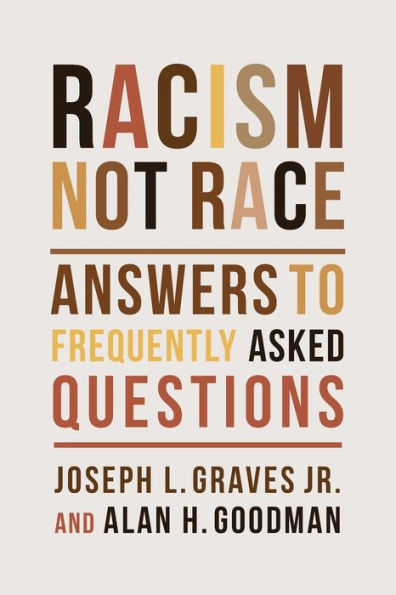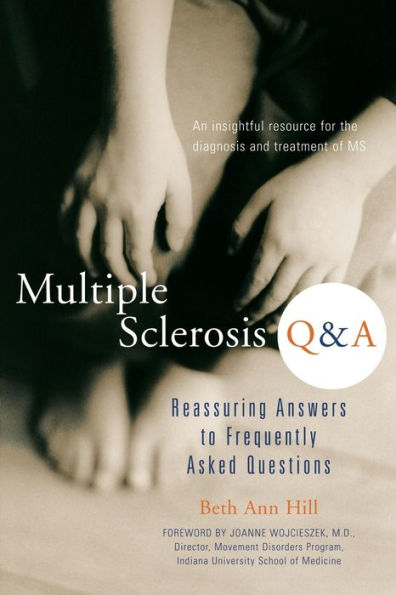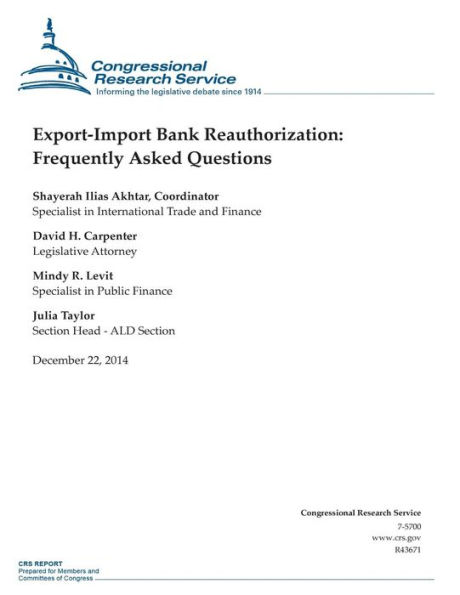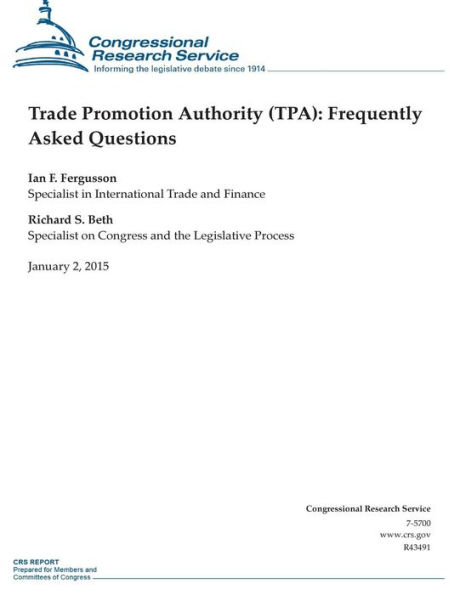Home
VHDL Answers to Frequently Asked Questions
Barnes and Noble
VHDL Answers to Frequently Asked Questions
Current price: $169.99
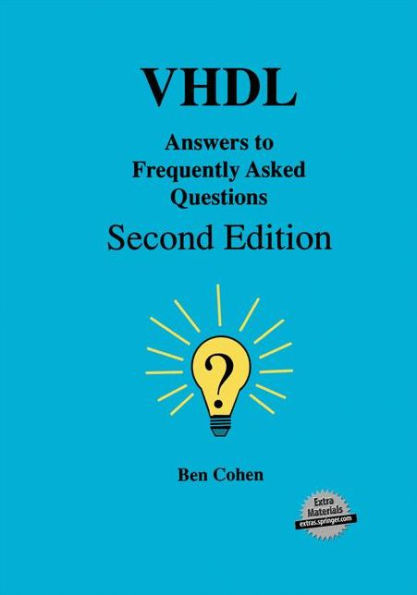

Barnes and Noble
VHDL Answers to Frequently Asked Questions
Current price: $169.99
Size: OS
Loading Inventory...
*Product information may vary - to confirm product availability, pricing, shipping and return information please contact Barnes and Noble
VHDL Answers to Frequently Asked Questions, Second Edition
is a follow up to the author's books
VHDL Answers toFrequently Asked Questions
(ISBN 0-7923-9791-6) and
VHDL CodingStyles and Methodologies
(ISBN 0-7923-9598-0). This book addresses:misinterpretations in the use of the language; methods for writingerror-free, and simulation-efficient, code for testbench designs andfor synthesis; and general principles and guidelines for designverification. This second edition includes the following additions tothe first edition: a new chapter on design for reuse that definescoding and design techniques that are impermeable to new technologiesand are malleable to new requirements; more questions and answersincluding discussions on applications of guarded signals and sharedvariables; more models including the design of a reusable priorityencoder, and a switch; more packages including an enhancement of imagepackage to convert values to text strings in binary, hexadecimal, anddecimal formats, and the complex package that defines complex numbersand overloaded operators.
The book differs from other VHDL books in many respects. This book
emphasizes real VHDL, rather than philosophicalor introductory types of information
emphasizes application ofVHDL for synthesis
uses complete examples to demonstrateproblems and solutions
provides a disk that includes all thebook examples and other useful VHDL reference material
uses easyto remember symbology notation to emphasize language rules, good andpoor methodology and coding styles
identifies obsolete VHDLconstructs that must be avoided
identifiessynthesizable/non-synthesizable structures
uses a question andanswer format to clarify and emphasize the concerns of VHDL users
is a follow up to the author's books
VHDL Answers toFrequently Asked Questions
(ISBN 0-7923-9791-6) and
VHDL CodingStyles and Methodologies
(ISBN 0-7923-9598-0). This book addresses:misinterpretations in the use of the language; methods for writingerror-free, and simulation-efficient, code for testbench designs andfor synthesis; and general principles and guidelines for designverification. This second edition includes the following additions tothe first edition: a new chapter on design for reuse that definescoding and design techniques that are impermeable to new technologiesand are malleable to new requirements; more questions and answersincluding discussions on applications of guarded signals and sharedvariables; more models including the design of a reusable priorityencoder, and a switch; more packages including an enhancement of imagepackage to convert values to text strings in binary, hexadecimal, anddecimal formats, and the complex package that defines complex numbersand overloaded operators.
The book differs from other VHDL books in many respects. This book
emphasizes real VHDL, rather than philosophicalor introductory types of information
emphasizes application ofVHDL for synthesis
uses complete examples to demonstrateproblems and solutions
provides a disk that includes all thebook examples and other useful VHDL reference material
uses easyto remember symbology notation to emphasize language rules, good andpoor methodology and coding styles
identifies obsolete VHDLconstructs that must be avoided
identifiessynthesizable/non-synthesizable structures
uses a question andanswer format to clarify and emphasize the concerns of VHDL users
